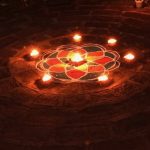

Image via Swami Krishnananda.
Diwali – the Hindu festival of lights – is normally celebrated with parties, fireworks, and lighting candles and oil lamps to symbolize a victory of light over darkness. But this year’s Diwali festivities were upended across India, as people were urged to stay at home amid a Covid-19 surge. According to a report by The Guardian:
This year, the pandemic is upending some of the celebrations in India, particularly in Delhi, the capital, which has experienced a renewed spike in coronavirus infections in recent weeks, recording more new cases than any other Indian state.
On Saturday (November 14, 2020), many temples across the country streamed prayer sessions online to avoid large gatherings. In Delhi, worried residents opted for low-key celebrations. Some even stayed at home and did not visit friends or relatives.
But despite Covid-19, the lights of Diwali shine on … Our friend Swami Krishnananda, a monk at Yogoda Satsanga Sakha Math ashram in Ranchi, India, shared his images with us. He said:
The first of the photos [below] I took yesterday [November 14, 2020] was the last crescent of the moon of this month. Then in the evening, as the Ashram buildings got lighted up one by one, the whole atmosphere took on an etheric look, as if we were in heaven. Yes, our Guruji’s Ashramas are oases of divine love, peace and joy, where thirsty souls can come and drink. This year all of them missed this divine celebration by not physically being here. So I share these photos to remind them of their experiences of previous visit and assure them that they are equally blessed even at home, as the Gurus never leave their dear devotees.
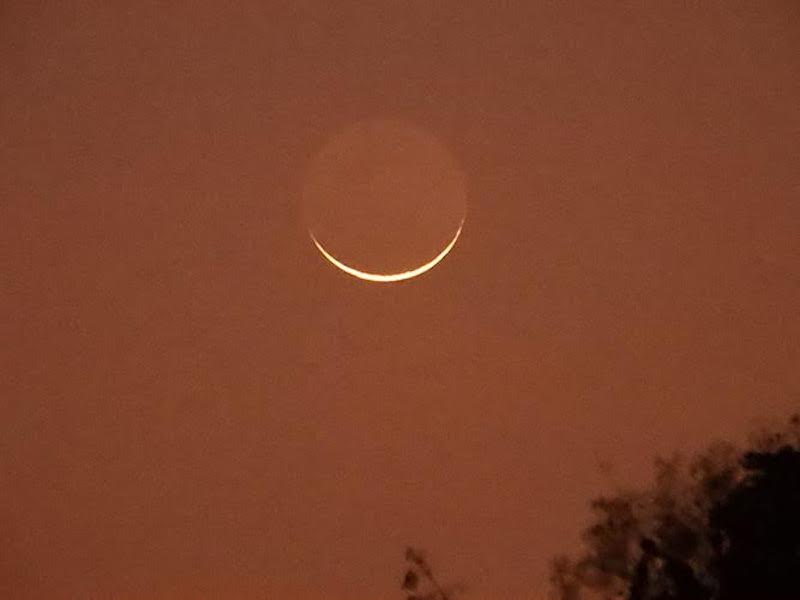
November 14, 2020, old moon, in the east before sunrise – as captured from Ranchi, India. Like many celebrations in many cultures, Diwali is tied to the moon, falling in either October or November each year, depending on the moon’s cycle. It’s observed on the 15th day of Kartik, the holiest month in the Hindu calendar, which is a lunar calendar. At the new moon, the moon crosses the sky with the sun during the day, leaving the night sky at its darkest. Diwali symbolizes the spiritual “victory of light over darkness, good over evil, and knowledge over ignorance.” Image via Swami Krishnananda.
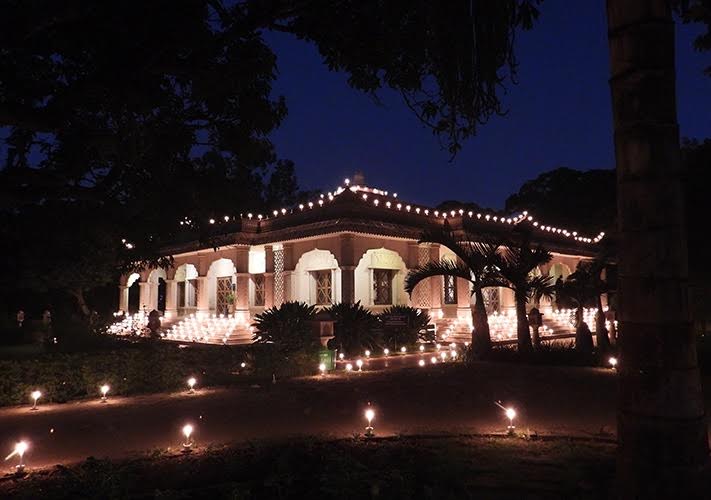
Image via Swami Krishnananda.
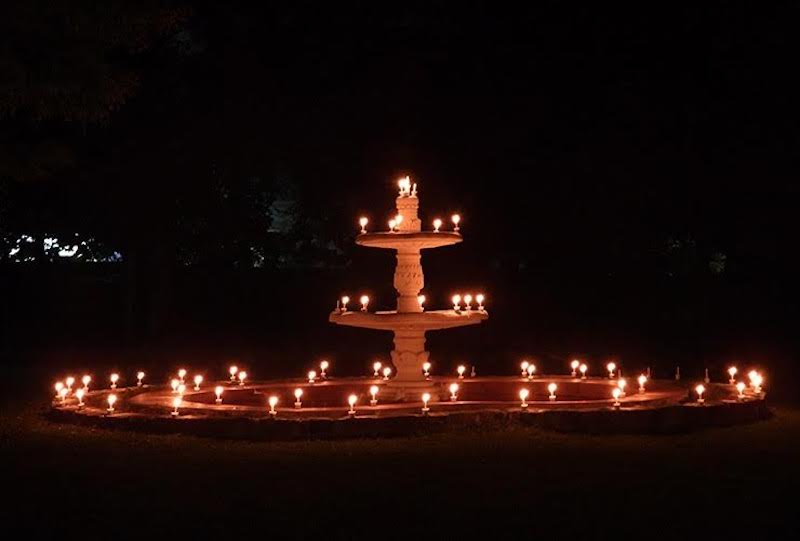
Image via Swami Krishnananda.

Image via Swami Krishnananda.
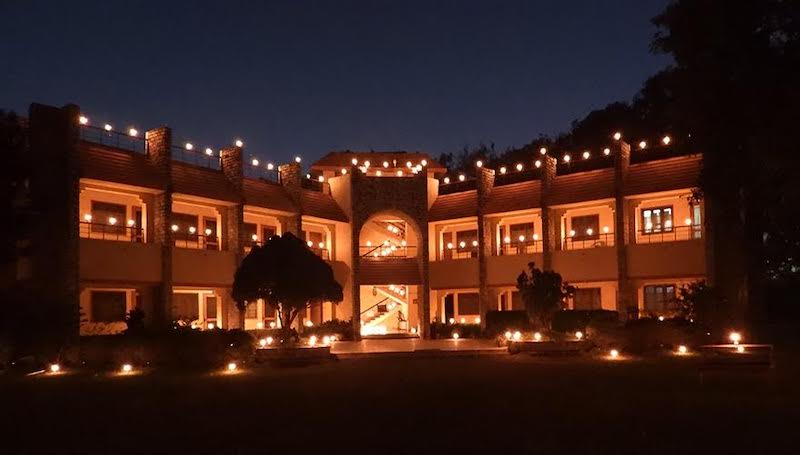
Image via Swami Krishnananda.
Bottom line: Photos of Diwali 2020 from an ashram in India.
from EarthSky https://ift.tt/3nn5ioq


Image via Swami Krishnananda.
Diwali – the Hindu festival of lights – is normally celebrated with parties, fireworks, and lighting candles and oil lamps to symbolize a victory of light over darkness. But this year’s Diwali festivities were upended across India, as people were urged to stay at home amid a Covid-19 surge. According to a report by The Guardian:
This year, the pandemic is upending some of the celebrations in India, particularly in Delhi, the capital, which has experienced a renewed spike in coronavirus infections in recent weeks, recording more new cases than any other Indian state.
On Saturday (November 14, 2020), many temples across the country streamed prayer sessions online to avoid large gatherings. In Delhi, worried residents opted for low-key celebrations. Some even stayed at home and did not visit friends or relatives.
But despite Covid-19, the lights of Diwali shine on … Our friend Swami Krishnananda, a monk at Yogoda Satsanga Sakha Math ashram in Ranchi, India, shared his images with us. He said:
The first of the photos [below] I took yesterday [November 14, 2020] was the last crescent of the moon of this month. Then in the evening, as the Ashram buildings got lighted up one by one, the whole atmosphere took on an etheric look, as if we were in heaven. Yes, our Guruji’s Ashramas are oases of divine love, peace and joy, where thirsty souls can come and drink. This year all of them missed this divine celebration by not physically being here. So I share these photos to remind them of their experiences of previous visit and assure them that they are equally blessed even at home, as the Gurus never leave their dear devotees.

November 14, 2020, old moon, in the east before sunrise – as captured from Ranchi, India. Like many celebrations in many cultures, Diwali is tied to the moon, falling in either October or November each year, depending on the moon’s cycle. It’s observed on the 15th day of Kartik, the holiest month in the Hindu calendar, which is a lunar calendar. At the new moon, the moon crosses the sky with the sun during the day, leaving the night sky at its darkest. Diwali symbolizes the spiritual “victory of light over darkness, good over evil, and knowledge over ignorance.” Image via Swami Krishnananda.

Image via Swami Krishnananda.

Image via Swami Krishnananda.

Image via Swami Krishnananda.

Image via Swami Krishnananda.
Bottom line: Photos of Diwali 2020 from an ashram in India.
from EarthSky https://ift.tt/3nn5ioq

Aucun commentaire:
Enregistrer un commentaire